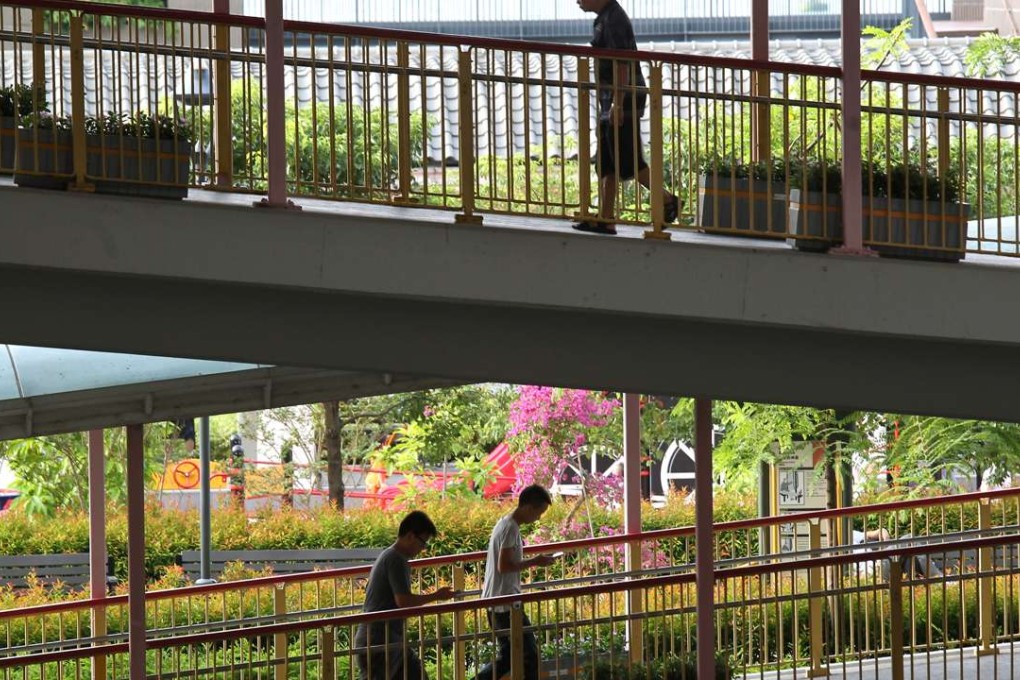Stepping out: how architects plan to get Hongkongers walking
Walkability is now a cornerstone of good urban design; but it’s as much about psychology as getting people from A to B

There’s a movement afoot to get us all walking more – and not just from the 10,000 steps a day brigade.
Architects around the world are espousing the virtues of walkable cities, where not only do the streets and paths encourage pedestrian activity, but the buildings themselves are designed to promote people-flow.
Walkable cities are the cornerstone of “new urbanism”, an approach to spatial planning that promotes environmentally friendly habits. Its holy grail is a car-free city, to which several countries, including China, have publicly aspired. (Norway has proposed banning cars in Oslo by 2019, and France has already piloted car-free days in Paris).
US firm Adrian Smith + Gordon Gill Architecture (AS+GG) masterplanned the Chengdu Tianfu District Great City, a self-sustaining, environmentally sensitive 1.3-square-kilometre satellite city on the outskirts of Chengdu, as a model for China’s future suburbs. The project, currently under construction, is based on the premise that 80,000 people will live in the Great City, which mathematically would make it one of the most densely populated districts in the world.

